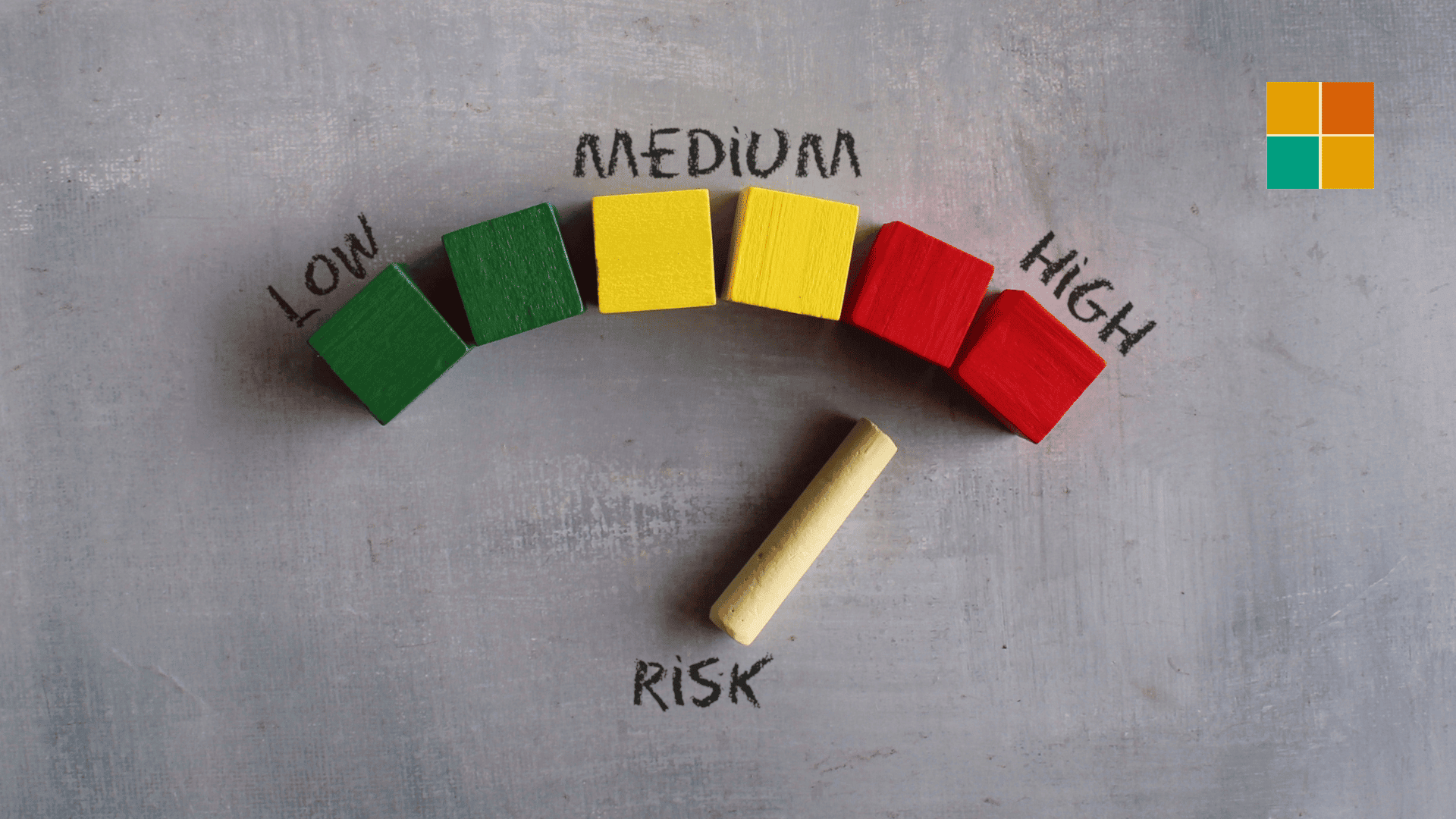Effective risk management is crucial for organisations to navigate uncertainties and achieve their objectives in today’s dynamic business environment.
One essential tool in the risk management toolkit is Key Risk Indicators (KRIs). These metrics are vital in monitoring and managing risks across an organisation.
This post will explore KRIs, their importance, and how they contribute to robust risk monitoring practices.
Understanding Key Risk Indicators (KRIs)
Key Risk Indicators are quantifiable metrics that provide early warnings of increasing risk exposures in various areas of an organisation. They serve as signals that help risk managers and decision-makers identify potential issues before they escalate into significant problems.
The Importance of KRIs in Risk Management
- Early Warning System: KRIs act as an early warning system, alerting organisations to potential risks before they materialise into actual problems. This proactive approach allows for timely interventions and mitigation strategies
- Quantifiable Risk Measurement: By providing quantifiable data, KRIs enable organisations to measure and track risk exposures objectively. This quantification facilitates more informed decision-making and resource allocation
- Alignment with Risk Appetite: KRIs help organisations align their risk-taking activities with their defined risk appetite. By setting thresholds for KRIs, companies can ensure they operate within acceptable risk levels
- Continuous Monitoring: KRIs enable continuous monitoring of risk levels, allowing organisations to track trends and patterns over time. This ongoing assessment helps identify emerging risks and evaluate the effectiveness of risk mitigation strategies
- Enhanced Communication: KRIs provide a common language for discussing risks across different levels of an organisation. They facilitate clear communication about risk exposures and mitigation efforts between management, the board, and other stakeholders

Implementing Effective KRIs
To maximise the benefits of KRIs, organisations should consider the following best practices:
- Relevance: ensure that KRIs are directly linked to the organisation’s key risks and strategic objectives. They should provide meaningful insights into the specific risk areas that matter most to the company
- Measurability: KRIs should be easily measurable and quantifiable; this allows for consistent tracking and comparison over time
- Predictive Power: focus on indicators that have predictive capabilities. The best KRIs provide insights into future risk exposures rather than just reflecting historical data
- Timeliness: choose KRIs that can be updated and reported on time. The measurement frequency should align with the nature of the risk and the organisation’s ability to respond
- Actionability: KRIs should be linked to specific actions or responses. When a KRI threshold is breached, there should be clear guidelines for taking steps
- Regular Review: Review and update KRIs to ensure they remain relevant and effective in changing business environments and emerging risks
Examples of Key Risk Indicators
KRIs can vary widely depending on the industry and specific risks an organisation faces. Some examples include:
- Financial sector: loan default rates, liquidity ratios, or currency exchange rate volatility
- Cybersecurity: number of attempted security breaches, time to detect and respond to incidents, or percentage of employees who have completed security training
- Operational risk: employee turnover rate, system downtime, or number of customer complaints
- Supply chain: supplier delivery times, inventory levels, or geopolitical stability in crucial sourcing region

Final Thoughts
Key Risk Indicators (KRIs) are invaluable tools in risk management. By providing early warnings, quantifiable metrics, and a framework for continuous monitoring, KRIs enable organisations to stay ahead of potential risks and make informed decisions.
As businesses face increasingly complex and interconnected risks, the role of KRIs in supporting robust risk monitoring and management practices becomes ever more critical.
By implementing well-designed KRIs and integrating them into their risk management processes, organisations can enhance their resilience and ability to navigate an uncertain business landscape.

